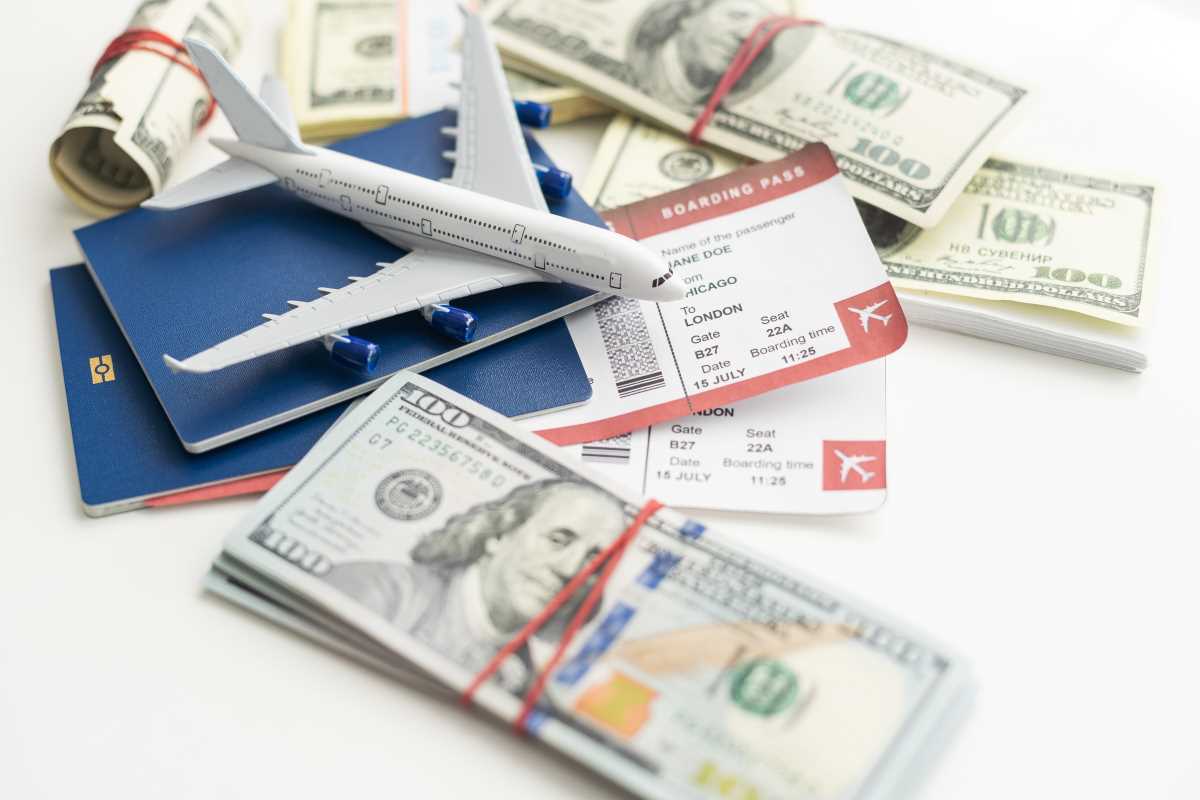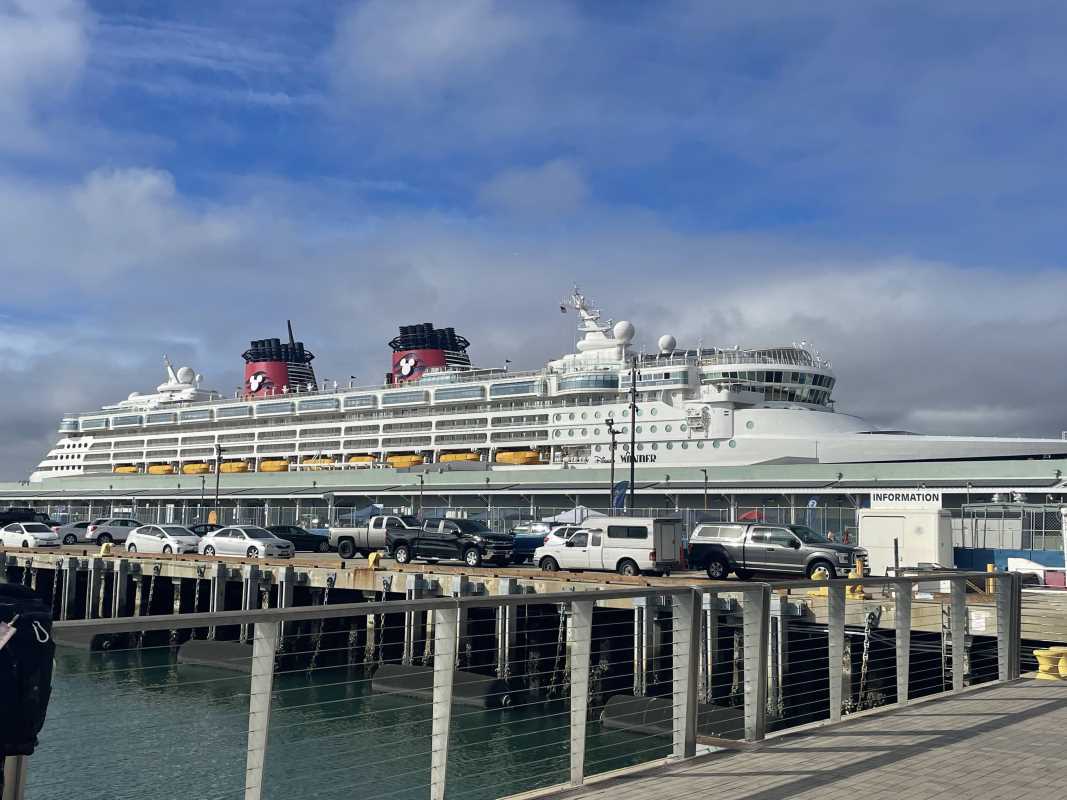Stargazing is an awe-inspiring activity that invites us to step outside our daily lives and lose ourselves in the grandeur of the universe. For stargazers and astronomy enthusiasts, certain places on Earth provide incredible views of the night sky, allowing visitors to witness stars, planets, and galaxies as they sparkle against a backdrop of deep space. Here are some exceptional stargazing locations from across the globe, each offering a unique experience for those looking to connect with the cosmos.
1. Mauna Kea, Hawaii
Towering above the clouds on Hawaii’s Big Island, Mauna Kea is one of the world’s premier stargazing locations. At an altitude of over 13,000 feet, this dormant volcano offers clear, unobstructed views of the night sky, free from city lights and pollution. The summit is home to some of the world’s most advanced telescopes, making it a top destination for astronomers and amateur stargazers alike.
Unique Features: Mauna Kea’s high elevation, dry air, and minimal atmospheric disturbances create perfect conditions for observing stars, planets, and even distant galaxies. The high altitude offers incredibly sharp and detailed views of celestial objects, allowing for a mesmerizing stargazing experience.
Best Time to Visit: While stargazing is excellent year-round, the Hawaiian winter months (November to April) provide especially clear skies. Visitors can join guided tours that include telescope access and expert guidance, ensuring a memorable experience.
2. Atacama Desert, Chile
The Atacama Desert in northern Chile is renowned for having some of the clearest, driest skies on Earth. This desert offers an exceptional stargazing environment, with very low humidity and minimal atmospheric interference. The conditions here are so ideal that several major astronomical observatories, including the ALMA Observatory, have been built in the region.
Unique Features: Atacama’s high elevation, dry air, and lack of light pollution make it one of the best places to observe the night sky. The region is famous for its visibility of the Milky Way and other celestial objects, which appear vividly against the pitch-black sky.
Best Time to Visit: March to December offers the clearest skies, with the Milky Way especially visible during the Southern Hemisphere’s winter months. Visitors can join organized stargazing tours, complete with telescopes and guidance on viewing the stars and constellations.
3. Aoraki Mackenzie International Dark Sky Reserve, New Zealand
Nestled in New Zealand’s South Island, the Aoraki Mackenzie International Dark Sky Reserve is a haven for stargazing enthusiasts. Designated as the world’s first dark sky reserve, the area is committed to preserving the integrity of its night skies by minimizing light pollution.
Unique Features: High altitude, dry air, and a vast, low-light area create breathtaking views of the Southern Hemisphere sky, including iconic constellations like the Southern Cross and the Magellanic Clouds, two nearby dwarf galaxies.
Best Time to Visit: April to September provides the best stargazing conditions. The winter months offer clear skies and unparalleled views of the Milky Way. Guided night sky tours and visits to the nearby Mount John Observatory are popular activities for visitors.
4. Jasper National Park, Canada
As one of the largest dark sky preserves in the world, Jasper National Park in Alberta, Canada, offers visitors a breathtaking view of the night sky. The remote wilderness of this national park provides an expansive, pristine environment for stargazing, free from urban light pollution.
Unique Features: The park’s vast, rugged landscapes and varied terrain create a unique stargazing backdrop. Visitors can experience a range of celestial phenomena here, from the northern lights to meteor showers.
Best Time to Visit: Autumn, particularly in September and October, offers optimal stargazing conditions. The park also hosts the Jasper Dark Sky Festival each October, featuring stargazing events, expert talks, and guided observation sessions.
5. La Palma, Canary Islands, Spain
Known for its clear, dark skies, La Palma is a gem in Spain’s Canary Islands, and it’s a favorite among European stargazers. The island, a UNESCO Biosphere Reserve, has strict light pollution laws, ensuring that the skies remain undisturbed and ideal for stargazing.
Unique Features: The Roque de los Muchachos Observatory, located on the island, offers some of the most advanced stargazing facilities in Europe. From this high-altitude vantage point, visitors can observe the Milky Way, distant galaxies, and planets with remarkable clarity.
Best Time to Visit: Spring and autumn are ideal for stargazing, as the skies are typically clear and stable. Various guided tours and stargazing events are held on the island, making it an accessible and educational experience for astronomy enthusiasts.
6. Death Valley National Park, California, USA
Death Valley is famous for its extreme landscape and temperatures, but it’s also an incredible destination for stargazing. As one of the largest dark sky parks in the United States, Death Valley’s vast, open desert provides a surreal, uninterrupted view of the night sky.
Unique Features: Death Valley’s remote location, low humidity, and minimal light pollution create a stark and beautiful setting for viewing the Milky Way, constellations, and meteor showers. The desert’s dramatic landscape only enhances the experience.
Best Time to Visit: Winter and early spring provide cooler temperatures and excellent stargazing conditions. The park also holds an annual Dark Sky Festival, where astronomy workshops, talks, and guided viewing sessions bring together stargazers from around the world.
7. Namib Desert, Namibia
The Namib Desert in Namibia is one of the oldest and driest deserts on Earth, and it’s an increasingly popular destination for stargazing. Its remote location and clear skies offer a remarkable setting for watching the night unfold.
Unique Features: The Namib’s stark, surreal landscapes enhance the stargazing experience, with constellations and galaxies appearing almost within reach. Stargazers can marvel at the Southern Hemisphere’s night sky, including the famed Magellanic Clouds.
Best Time to Visit: Winter months (June to August) provide the clearest skies for stargazing. Many lodges in the region offer guided night sky tours, with telescopes and expert guidance available.
8. Uluru, Northern Territory, Australia
Uluru, also known as Ayers Rock, is one of Australia’s most iconic landmarks, and it offers one of the best stargazing experiences in the Southern Hemisphere. Far removed from city lights, this sacred sandstone monolith is surrounded by a desert landscape that amplifies the magic of the night sky.
Unique Features: The remoteness and low humidity of the Outback provide optimal conditions for stargazing. Visitors can observe the Southern Cross, the Magellanic Clouds, and other constellations unique to the Southern Hemisphere.
Best Time to Visit: Winter (June to August) brings cool, clear nights that are perfect for stargazing. Guided tours, including “Sounds of Silence” dinners under the stars, allow visitors to fully appreciate the grandeur of Uluru’s night skies.
9. Ranikhet, Uttarakhand, India
Ranikhet, a serene hill station in India’s Uttarakhand region, offers breathtaking views of the Himalayas by day and an incredible stargazing experience by night. Far from major urban centers, Ranikhet’s high altitude and clear skies make it an ideal destination for astronomy enthusiasts.
Unique Features: The crisp mountain air and lack of light pollution provide stunning views of the night sky, with opportunities to observe constellations and planets in vivid detail.
Best Time to Visit: October to March is the best season for stargazing, with clear skies that showcase the Milky Way and constellations. Guided stargazing tours are available, providing telescopes and expert guidance.
Each of these locations offers a unique perspective on the night sky, allowing stargazers to witness the wonders of the universe in different ways. Whether you're on a volcanic summit in Hawaii or in the heart of the Atacama Desert, these sites provide unforgettable opportunities to connect with the cosmos. So pack a telescope, gather some friends, and set out on a journey to experience the magic of the night sky like never before.
 (Image via
(Image via





